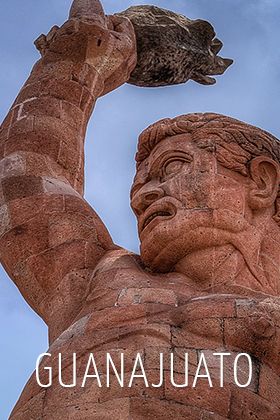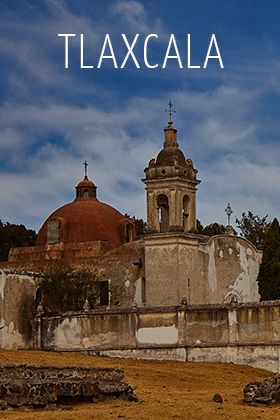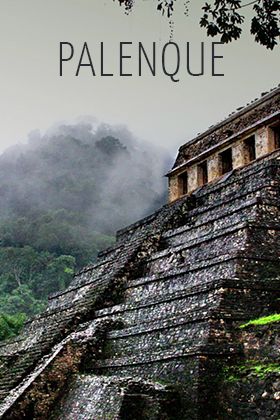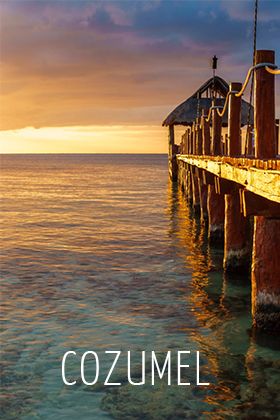Description
The capital of the State of Nayarit colors its land with crops of sugar cane, corn, chile, mango, avocado, banana and coffee. Tepic is a very colorful Mexican destination, also known as the City of Palms, home to over 420,000 people, which include nearly 5,000 indigenous people from different ethnic groups among the Huichol, Cora, Purepecha, Nahua, Mazahua, etc.
Tepic, a word formed from the Nahuatl words Tetl and Picqui, whose meanings are stone and solid matter, respectively, or as is more widely accepted by scholars in the field: the Place of Massive Stones. Yet others point out that this word derives from the ancient name Tepec, meaning crowded places, or the word Tepictli, which is a variety of local corn and would give it a third meaning: Land of Corn.
But more than likely the Place of Massive Stones owes its name to the volcanic belt and the western Sierra Madres, which rise impressively, most notably, the various elevations of its volcanoes such as the Sangangüey (2.340 m), San Juan (2.180 m) and Las Navajas (1,680 m).
In this area, 72.5% of the base of this city belongs to the mountainside; the rest lies between hills, plains and valleys. Perhaps the only sign of industrialization is the Mill of Menchaca, near the center, where sugar is extracted and sold. And while Tepic is a small city, it is also very quiet. People walk through the parks of La Loma, Juan Escutia or La Alameda, enjoying long sunny days surrounded by jacaranda trees, ash trees, pines and, of course, palms.
However, modernity increasingly adds more to this city, as the State Government began a couple of years to build overpasses and highways, which are changing the face of Tepic towards new horizons of development and urbanization. But its history remains intact!
Several monuments stand out
the Temple of the Cross of Zacate and its adjoining convent, the Government Palace and the City Hall around the main square.
Right there is also the beautiful Cathedral of the Immaculate Conception, of neoclassical and neo-Gothic style, which was begun in 1804 and was completed in the late nineteenth century. Its height is 40 meters with 3-level towers topped with a dome with a small lantern.
Boarding the service known as Turibus, you can see the most important places of the city. This service starts from the corner of Avenida Mexico and Amado Nervo and makes an extensive tour of the Historic Center and many other sites of interest for 2 hours, stopping for 15 minutes at the ruins of Jauja. Among the most important historical sites include the home of Juan Escutia, a child hero who fought the invading troops from the United States at the Chapultepec Castle, the home of poet Amado Nervo, the Government Palace and the former yarn and woven fabric factory of Bellavista.
Tepic opened the doors of the Regional Museum of Anthropology and History, which was built in the eighteenth century. Archaeological figures permanently exhibited in this space: semi-circular shaped stones with carvings representing the eagle devouring a snake and objects made from obsidian, stone and copper.
During the month of March the National Fair of Tepic takes place, with exhibitions of all kinds: food and beverages, clothing, furniture, etc., adding to the variety of cultural events, most notably theater and music. Tepic sings and dances to the sounds of mariachi and banda, and delights with the Chamber Orchestra of Nayarit and the Boys Choir of Tepic.
Art and tradition come together in an endless array of Huichol handicrafts: The Eye of God represented in wooden crosses wrapped in colorful wool yarn forming rhombuses, blankets, bowls, masks, animal figures wrapped in shiny beads, wooden violins, boards decorated with string representing the sun, moon, birds or deer.
And how much nature is surrounding this beautiful Mexican destination! In the jungles roam jaguars, pumas, armadillos and deer. Boas and rattlesnakes in the moist soil while in the air larks, swallows, and mirlillos take flight. In the north, from the Mirador del Aguila, visitors are left in contemplation of the coastal plain of the Pacific Ocean and the western Sierra Madre.
Climbers scale the Sangangüey or Cerro de San Juan, while the city pulses in the days of ranchers, foresters, manufacturers, traders, and the many men and women that distinguish the noble and loyal Tepic. Enjoy a walk to a site that has become a religious icon in the city: the Cerro de la Cruz, from where the city is seen through telescopes and unparalleled sunsets, especially Matatipac Valley.There is a free shuttle to go up. In addition to its characteristic beauty, near Tepic tourists can find places of great attraction.
Highlights include San Blas, La Tovara, Mexcaltitán, Los Toriles, Santa Maria del Oro, Nuevo Vallarta, Rincon de Guayabitos, Punta de Mita, among many others. San Blas, a colorful historic port with its ancient monuments and colonial architecture, is located just 70 kilometers from Tepic.
This destination still has its virgin ecological environment, rich in flora, fauna, wetlands, marshes and mangroves. Or how about the beautiful waterfalls of Jumat or El Salto del Rio Mololoa?
The springs of Agua Caliente and Bella Vista, the shrine of the Virgin of Guadalupe in the town of El Pichon and many more attractions, all located in the state of Nayarit!
See Tepic and enjoy great experiences! Here you are always received as a visitor with open arms, offering the opportunity to enjoy its architecture, cuisine, crafts and the incomparable hospitality of its people.



















